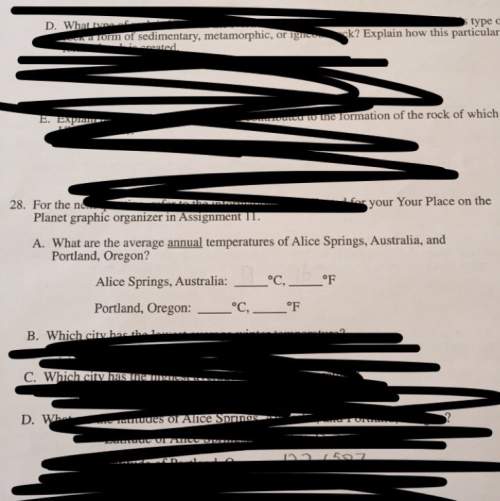39. Consider the following unbalanced equation.
C3H16(g) + O2(g) → H2O(g) + CO2(g)
When...

Chemistry, 02.03.2020 07:51 kaziyahf2006
39. Consider the following unbalanced equation.
C3H16(g) + O2(g) → H2O(g) + CO2(g)
When the equation is completely balanced
using smallest whole numbers, the coefficient
of O, is
(1) 8 (2) 12 (3) 14 (4) 16

Answers: 1


Other questions on the subject: Chemistry

Chemistry, 21.06.2019 20:10, cefindley14
Which statement is true about the part of the electromagnetic spectrum that human eyes can detect? it contains only the colors of the rainbow and television waves. o it is divided into seven ranges of wavelengths. it contains ultraviolet, visible, and infrared light. it is divided into nine ranges of wavelengths.
Answers: 2


Chemistry, 22.06.2019 10:30, kluckey3426
Asample of air with a volume of 2.20m3 at a pressure of 105 kpa and a temperature of 30c is cooled to 10c and the pressure is reduced to 75.0 kpa. what is the new volume? 6.9 1.34 2.56 43.0 2.88
Answers: 1

Chemistry, 22.06.2019 14:00, claudia122752
Will mark brainliest how many electrons can be held in the energy level n = 4?
Answers: 1
You know the right answer?
Questions in other subjects:

Mathematics, 19.03.2021 03:00


English, 19.03.2021 03:00


History, 19.03.2021 03:00


Social Studies, 19.03.2021 03:00






